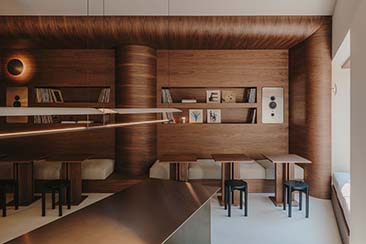Take a deep breath.
Imagine how many hours, days, months, or even years were necessary to draw every image and line of your favourite comic.
Drawing comics is a time-consuming job. Today we are examining one possibility that new technology offers the comic artist of today the chance to save time without implying a reduction in artistic value.
What is 3d modeling software, and how can it help draw 2D comics?
3D modeling software allows the artist, architect, or engineer to draw an object or a scene in three dimensions. This means changing the components, camera angle, environment, and lighting conditions at will, just at the click of a button.

Changing camera angles
The fact that it is possible to draw a character or scene from all angles means turning the 3D model around and drawing it from any angle or perspective. This is extremely helpful when drawing futuristic machines, alien technology, and, clearly- spaceships. These fast-moving objects often have intricate details that must be drawn from entirely new angles.
Drawing a spaceship once is difficult. Drawing ten spaceships is hard. But faithfully drawing the same spaceship from twenty different angles is much more difficult! 3d modeling software allows the artist to do this and get it right every time.
Environments
Drawing environments can be the most repetitive exercise in comic drawing. By modeling the environments in 3d modeling software, it is possible to save the most common environments as presets. This is potentially a huge time saver that leaves more time to focus on the details that make the difference.
Lighting conditions
With 3d modeling software, it is possible to change the lighting conditions to whatever fits the drawing and the poetic mood of the comic. In addition, this software allows the artist to try multiple lighting conditions and effects in seconds instead of spending hours drawing several versions before settling for the one that ends up printed.
The opposition to using 3D software in comic art
So, here comes the voice of protest! But that takes the art out of drawing comics! I beg to differ in this case. Any comic artist will use 3D modeling software to make mockups or quick simulations of the scenes they imagine. However, they will most likely draw the final result by hand to get that comic-book feel and express their drawing style.
Also, it could seem slightly hypocritical that we expect comic artists to spend so much of their time hand-drawing while also hoping they have to queue at the supermarket and lose all the “regular time” that slips through our hands daily.
To sum things up
So, what is wrong with an artist choosing the tools of his trade? A 3D modeling software such as Blender can offer a series of modeling and freehand drawing options and effects- for free.
I would suggest that any artist learn and experiment for themselves if this approach works for them or not- but, as always- without paying too much attention to the “it’s not art” crowd. The creator’s job is to create- by whatever means necessary and/or comfortable.
All in all, businesses try to become more efficient to save time and money while outsourcing IT, design, and other internal operations. For instance, it is possible to address the software development company MLSDev for any app development and design services. In addition, you can hire a 3d artist to create tailor-made, unique design elements inside digital products.
Author’s Bio: Anastasiia Lastovetska is a technology writer at MLSDev, a software development company that builds web & mobile app solutions from scratch. She researches the area of technology to create great content about app development, UX/UI design, tech & business consulting.








